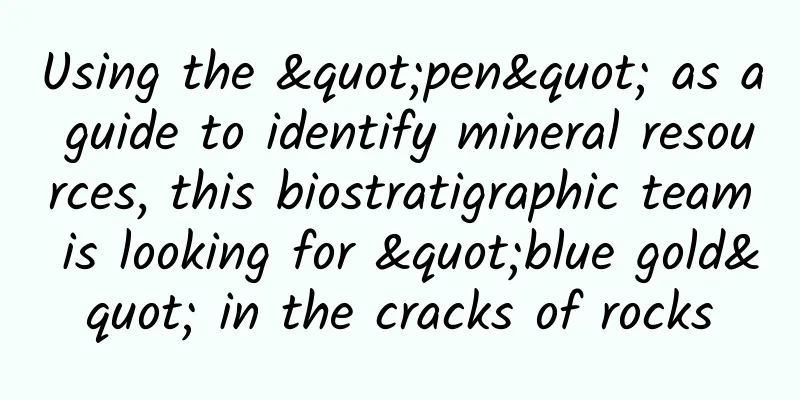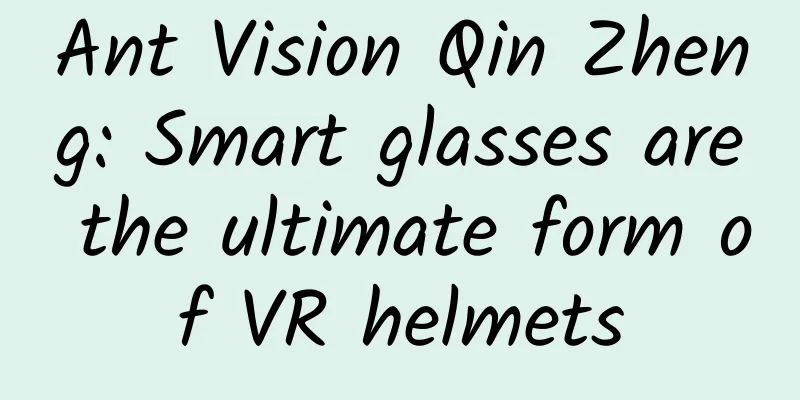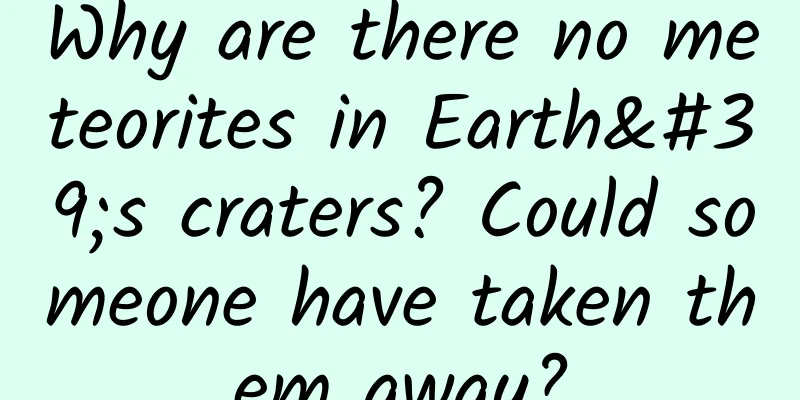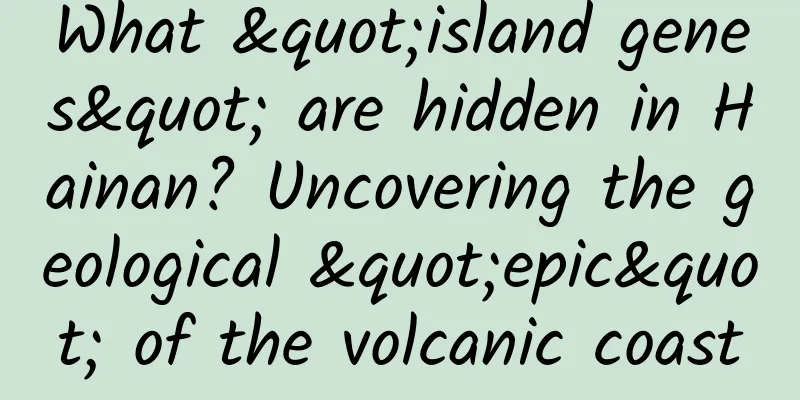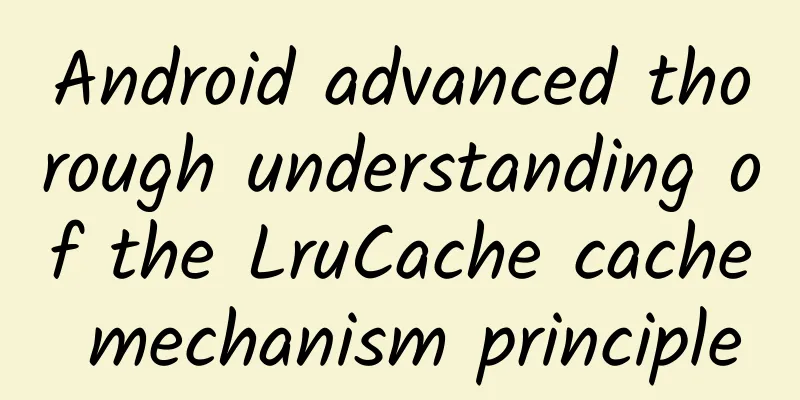The "new version of traffic lights" circulated on the Internet makes people anxious, and what makes people even more anxious is the red lights all the way...
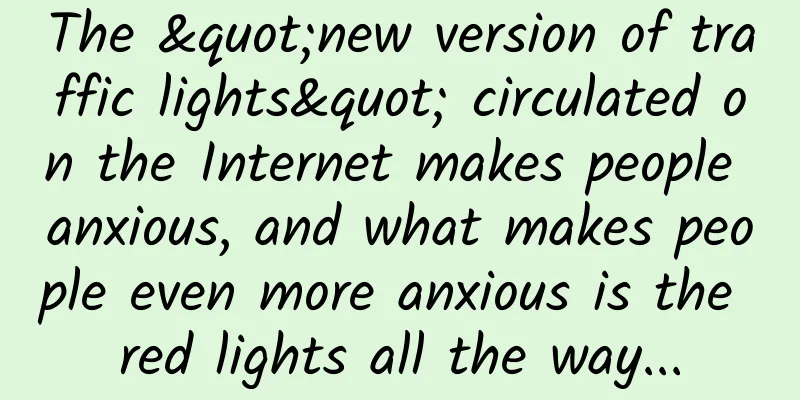
|
Yesterday, the topic of "new version of traffic lights" became a hot search, sparking heated discussions among netizens and causing everyone to be anxious. Not to mention the online rumor that the "new version of traffic lights" has become complicated and worrying, waiting for traffic lights is an anxiety-inducing thing in itself - the worst experience of driving may be that no matter how you avoid it, you are always accurately locked in front of the red light. Why do you always run into red lights along the way? Do you think it's a character problem? In fact, it's a mathematical problem full of probability, and it's also a problem in the field of operations research and optimization. Image from hippopx Magical green wave speed Vehicles have a certain speed when driving, and the process of traffic lights changing is closely related to speed. When a driver maintains a certain speed on a smooth street, there is a high probability that the traffic lights encountered at the intersection will be of the same color. If you want to have green lights all the way, the method is actually very simple. You just need to keep the speed of the vehicle consistent with the green wave speed of the traffic light. Image from hippopx Green wave speed is also called green wave band, wave speed control or multi-intersection signal linkage, and is mainly designed for roads with many intersections. Traffic designers originally designed green wave speed to make the timing of traffic lights more accurate and scientific, and to create a good road traffic environment. I wonder if you have noticed that in the past two years, there are more and more digital traffic signs on both sides of the road. Don’t just think that this is a speed limit sign. It is very likely that this number is telling you the "green wave speed" of this road. When driving a vehicle on a road section with a specified speed, there is a high probability that the vehicle will travel smoothly. This is because the signal control system adjusts the green light start time according to the distance of the road section, so as to ensure that the traffic will encounter the "green light" when it reaches the intersection. As long as the driver drives at a certain speed, he can get green lights all the way. Image from hippopx Of course, the green wave speed is set differently in different areas. If the speed requirement for a road section is 60km/h, when the driver passes the green light at this speed, as long as he maintains this speed, the next few traffic lights will all be green. If the speed requirement for this road section is 50km/h, and the driver still maintains a speed of 60km/h, then he will inevitably encounter red lights along the way; conversely, if the driver cannot maintain the speed during rush hours, the driver is likely to miss the green wave belt, thus causing "congestion on top of congestion". Green wave speed calculation method At present, all the main roads in cities have green wave speed control behind them, and the speed fluctuates uniformly between 50-60km/h. The traffic rules that make life convenient today also have complicated calculation methods behind them. First, it is necessary to determine the scope of the main roads for green wave control and investigate the traffic flow at each intersection; then, the optimal signal timing and signal cycle for each intersection must be calculated, and based on the results, an optimal cycle is calculated, which will be applicable to all intersections of the "green wave speed". Based on the distance between different intersections and the design speed of the road, the time interval for turning on the green lights between adjacent intersections was calculated. Finally, through repeated debugging, the most efficient traffic control method was obtained. If you observe carefully, you will find that the green wave speed is generally used on the main roads from the central urban area to the outer urban area. The purpose of this is to allow vehicles in the central area to drive out of the core area as quickly as possible; and the corresponding roads heading into the central urban area often do not have green waves, and sometimes even the opposite "red waves" are set. The purpose is to make vehicles entering the core area wait for more red lights to ease the traffic pressure in the core area. Research based on an internationally recognized road traffic manual shows that the green wave speed can improve traffic congestion and delays by up to 20%, which is a positive feedback for both vehicles and the traffic environment. Image from hippopx Green wave speed control method The green wave controls commonly used on roads are currently divided into one-way control and two-way control. One-way control is mostly used in one-way streets or roads with control needs such as morning and evening rush hours. However, the disadvantages it brings are relatively obvious, which may affect the effect of control coordination and the probability of encountering red lights will be relatively high. Another is the two-way green wave control. The road surface with equal spacing at the intersection generally adopts two-way green waves. Although the application effect is significant, its application conditions are relatively harsh. Most of the two-way green wave control needs to be achieved through phase splitting or phase overlap. Its disadvantage is that it will cause signal loss and affect the loss and delay of other non-coordinated vehicles. Therefore, in actual application, a segmented or cross-control method of the two is generally adopted to coordinate the overall road conditions and achieve the optimal solution for road traffic to the greatest extent possible while controlling traffic costs. Image from hippopx With the emergence of technologies such as driverless and autonomous driving, the application of vehicle-road cooperative technology will continue to improve. In the future, we may be able to achieve perfect travel through intelligent means. The imagination of the intelligent era may soon become a reality. Maybe by then we won’t have to check traffic lights ourselves, and we can leave the complex issues to smart technology. END Review expert: Liu Yuhang, Ph.D. from Beijing International Center for Mathematical Research. Tadpole Musical Notation original article, please indicate the source when reprinting Editor/Heart and Paper |
>>: Is human the most dangerous animal in the world? Check out the correct answer
Recommend
Please set your alarm, Mars will go retrograde at the end of the month!
October 30, 2022: The red planet Mars begins to m...
The taste of milk has become lighter. Was it diluted with water?
Mixed knowledge, Specially designed to cure confu...
In the pursuit of high-end products at all costs, would you buy the discounted Apple or the Vivo that has increased in price to 5,000 yuan?
In the current Chinese mobile phone market, the f...
How to increase product repurchase rate? Share 4 tips!
Whether you are doing e-commerce or physical stor...
WeChat water delivery mini program function, how much does it cost to develop a mini program for delivering bottled water to your door?
With the acceleration of my country's urbaniza...
How much does it cost to make a tea mini program in Handan?
According to industry insiders, mini programs wil...
International Energy Agency: Energy Efficiency Report 2023
The International Energy Agency has released its ...
The five unspoken rules in the entrepreneurial circle. Understand these before starting a business!
[[153592]] What are unspoken rules? Wu Si said in...
How did Apple keep products like the iPhone 6 secret?
The new generation of iPhone 6 is about to be rel...
Many places may reach "infection peak" around the Spring Festival! Please keep this guide to returning home for the Spring Festival!
How to protect yourself when you return home? Wha...
Analysis of advertising in the education and training industry from March to May
Due to the impact of delayed resumption of work, ...
Renault, which missed the golden decade of the Chinese market, seeks another breakthrough by joining hands with Geely to develop hybrid models
On August 9, Geely Automobile announced that Geel...
Operational strategies for low-cost customer acquisition in the education industry!
During the epidemic, after experiencing low conve...
Why is the panda Qizai brown and white? Scientists have written a family tree for it丨Bolan Daily
Your best "insider" in the scientific c...
Big promotion secrets: category strategy and product matrix
This article continues to talk about big sales. T...

